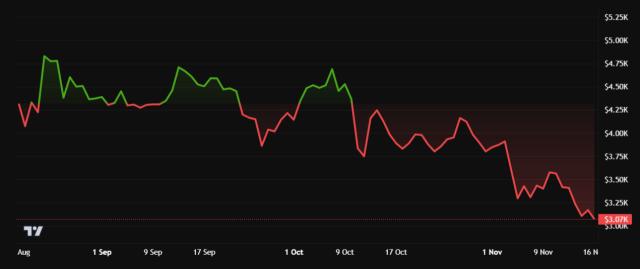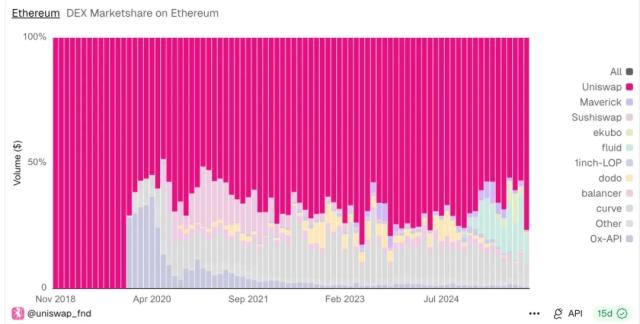On November 17, on-chain data showed that several “whales” holding more than one thousand BTC have recently intensified their selling, pushing Bitcoin from below 100,000 down to around 97,000 USD. Both exchange and derivatives market windows reflected the sell pressure: overall whale short exposure is significantly higher than long exposure (on-chain data shows shorts around 2.17 billion USD vs. longs around 1.18 billion USD), while Bitcoin ETFs have recorded several consecutive weeks of net outflows, totaling several billions of dollars, indicating a clear decline in demand absorption. Protective put options around the 90–95k zone remain active in the derivatives market, showing the market is seeking hedging at lower levels.
Although the large-scale selling mainly comes from long-term holders taking profit—Glassnode and MarketVector both note this as “planned distribution” rather than panic unwinding—the situation is not without risk. The key concern lies in absorption depth: during the selling episodes at the end of last year and early this year, buy-side liquidity remained strong enough to absorb supply. In contrast, the current phase of ETF outflows and slowing institutional allocation makes the same selling pressure more likely to amplify price volatility, triggering cascading liquidations.
Technically, short-term key levels to watch are 100,000 USD and 93,000 USD; if 93,000 fails, the market may test deeper liquidity zones. Conversely, if active buy orders—potentially including known large holders such as Strategy—enter at lower levels and ETF flows stabilize, a structural rebound may follow the current deleveraging.
Bitunix analysts note that attention should focus on whale wallet activity and large transfers; ETF flow trends and institutional disclosures; and changes in put open interest and implied volatility in the derivatives market. Only when these three signals turn positive together will it indicate a true return of buying power; otherwise, the market will continue to be driven primarily by liquidity dynamics.







